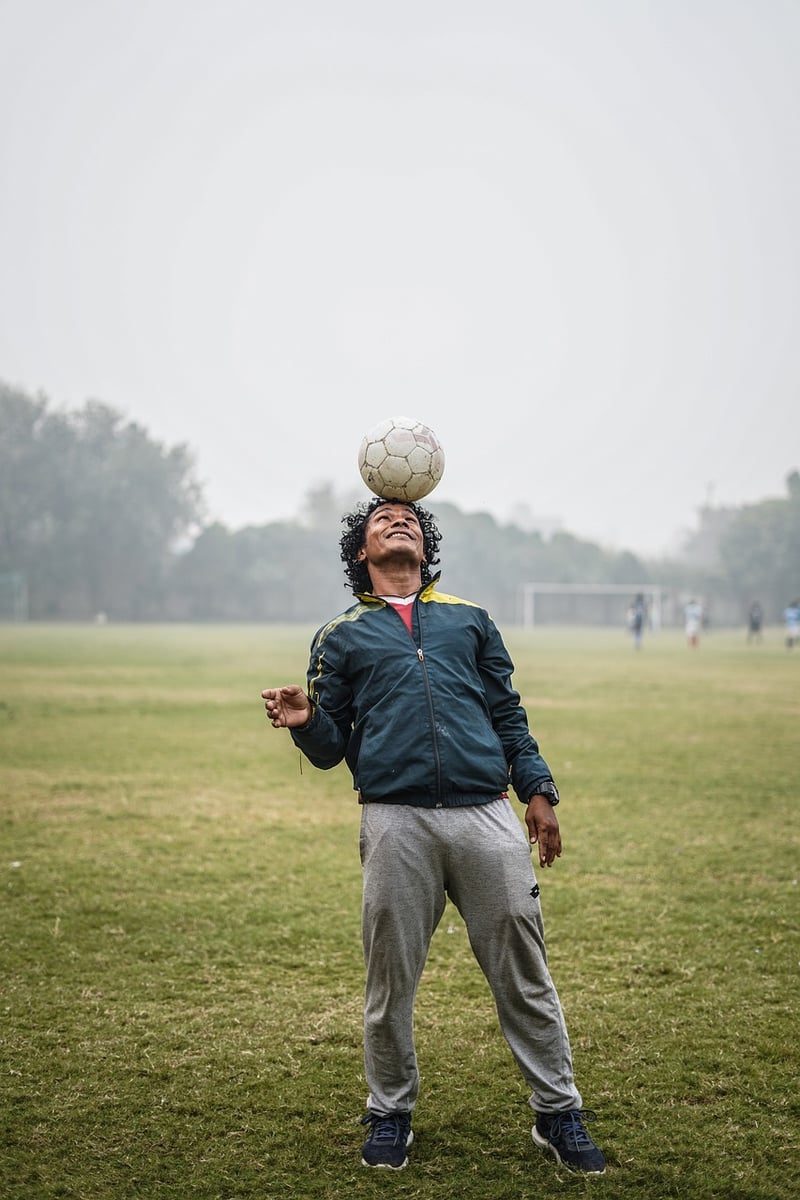Ashtanga Practice
The Importance of Physical and Mental Balance in Ashtanga Practice

Ashtanga yoga is a dynamic and physically demanding form of yoga that focuses on synchronizing breath with a progressive series of postures. While it is known for its physical benefits, Ashtanga practice also emphasizes the importance of achieving a balance between the body and mind.
Physical Balance
Physical balance in Ashtanga practice involves developing strength, flexibility, and endurance. The practice consists of a set sequence of poses that are designed to work all areas of the body, from the core muscles to the extremities. By building physical balance, practitioners can improve their overall fitness levels and prevent injuries.

Key Components of Physical Balance in Ashtanga Practice:
- Alignment: Proper alignment in each pose ensures that the body is in the correct position to avoid strain and maximize the benefits of the practice.
- Breath Control: Coordinating breath with movement not only enhances the flow of the practice but also helps in maintaining focus and awareness.
- Strength Building: Ashtanga practice includes challenging poses that build strength in various muscle groups, promoting overall body stability.
- Flexibility: Regular practice helps in increasing flexibility, which is essential for performing advanced poses and preventing injuries.
Mental Balance
While Ashtanga yoga is physically demanding, it also places a strong emphasis on mental balance. The practice of mindfulness, meditation, and concentration cultivates mental clarity and inner peace. By quieting the mind and focusing on the present moment, practitioners can reduce stress and anxiety.

Benefits of Mental Balance in Ashtanga Practice:
- Stress Reduction: Mindful breathing and meditation techniques help in calming the mind and reducing stress levels.
- Enhanced Concentration: Improved focus and concentration developed through practice can benefit daily activities and tasks.
- Emotional Well-being: By connecting the body and mind, practitioners can experience emotional balance and a sense of inner peace.
- Self-awareness: Mindfulness practices promote self-awareness and self-reflection, leading to personal growth and development.
Conclusion
Ashtanga practice offers a holistic approach to health and well-being by integrating physical and mental balance. By focusing on alignment, breath control, strength, flexibility, mindfulness, and meditation, practitioners can achieve a harmonious state of being that benefits both the body and the mind.
Whether you are a beginner or an experienced yogi, incorporating Ashtanga practice into your routine can help you cultivate physical strength, mental clarity, and emotional balance for a more fulfilling life.
